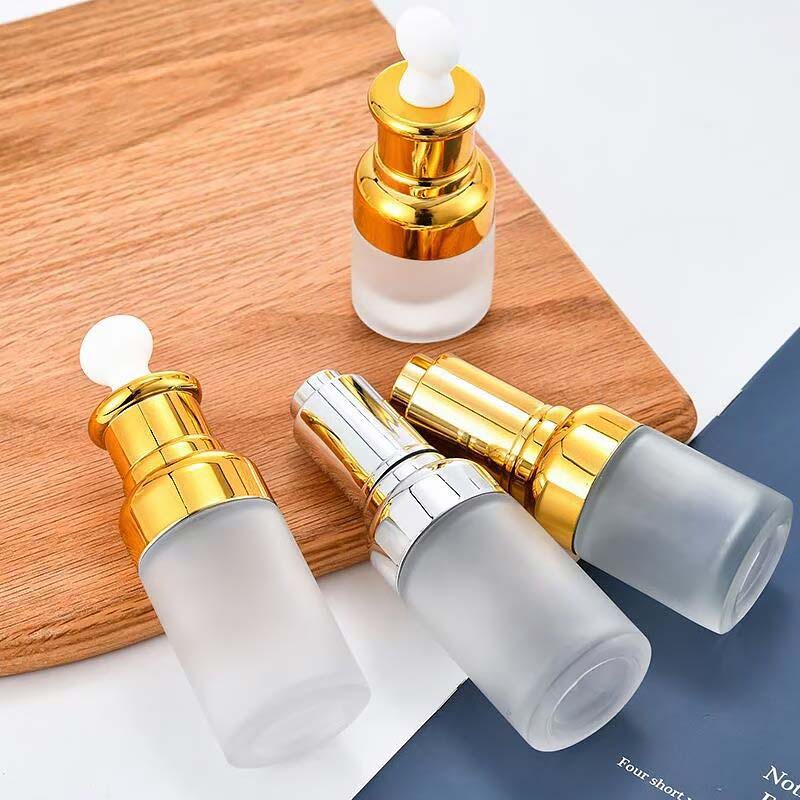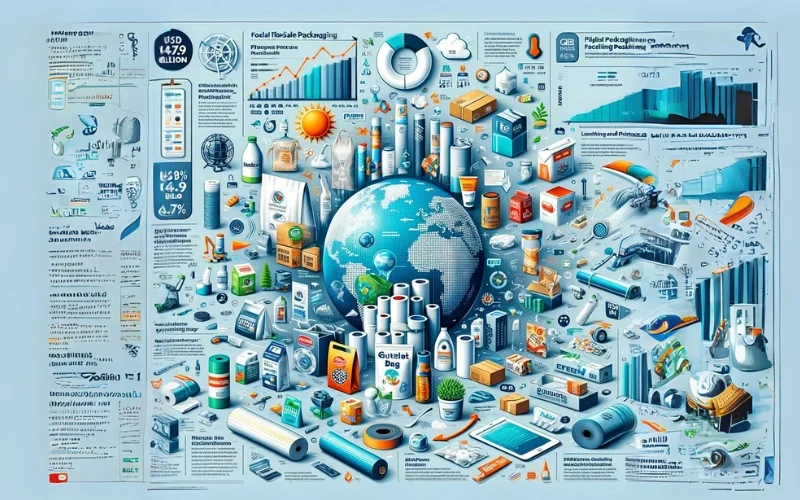Jess Abrams of Shiseido asked, “We all face similar challenges, so why not share our experience to improve the industry?”
At Shiseido Americas, we follow our global sustainable development mission, we strive to reduce our environmental footprint, and support the concept of circular economy through the 5Rs, which is defined as follows:
Respect-Respect for people, society, and the environment are our primary principles.
On this basis, our goal is to achieve 100% sustainable packaging by 2025. For each product launch, we strive to minimize the impact on the environment by applying the principle of “Reduce, Reuse, Recycle and Replace” in packaging design.
It’s All About Industry Alliances
In order to achieve these goals, we have established a series of strategic partnerships (such as joining SPICE), and soon realized that all of this is about industry alliances.
This is what I see as the future of sustainable beauty industry that brings together vendors, suppliers and competitors.
The cosmetics industry produces more than 120B packaging units every year, this problem is more serious than any brand, supplier or company.
We face similar challenges at all stages of the supply chain, so why not share our experience to improve the industry?

Challenges for Luxury Brands
For example, in order to compete in the luxury beauty market, certain packaging aesthetics and surface treatments (such as metallization, anodization, laminate coating, etc.), many of which hinder recyclability (even if the components are molded from widely recyclable materials).
Cosmetics are usually smaller than skin, hair or body care products, so they are not often captured by recycling systems. In addition, some ingredients that contribute to the wear time and performance of cosmetic formulations require more unique plastic resins to ensure compatibility.
These materials are generally not widely recycled in the U.S.
These restrictions often lead to consumer recycling (PCR) materials to their packaging after brand mergers.
Due to this growing demand for materials, resin suppliers are facing the challenge of improving the supply chain, the availability and quality of recyclable materials.
A Refillable Method
Some brands adopt refillable methods, which is one of the key pillars of the Ellen MacArthur Foundation’s mission to achieve a circular economy.
Refillable strategies are great for many products, but with the importance of inclusive shading range, this increases the inventory and sales challenges of refillable shading cosmetics.
No Panacea
This shows that there is no panacea to solve the challenges of the beauty industry and improve the sustainability of products and packaging.
The more we can align together, perhaps we can influence the recycling system, increase the availability of certain recycled materials, and even cooperate in consumer education to advance our collective efforts towards the common goal of reducing our environmental impact .




